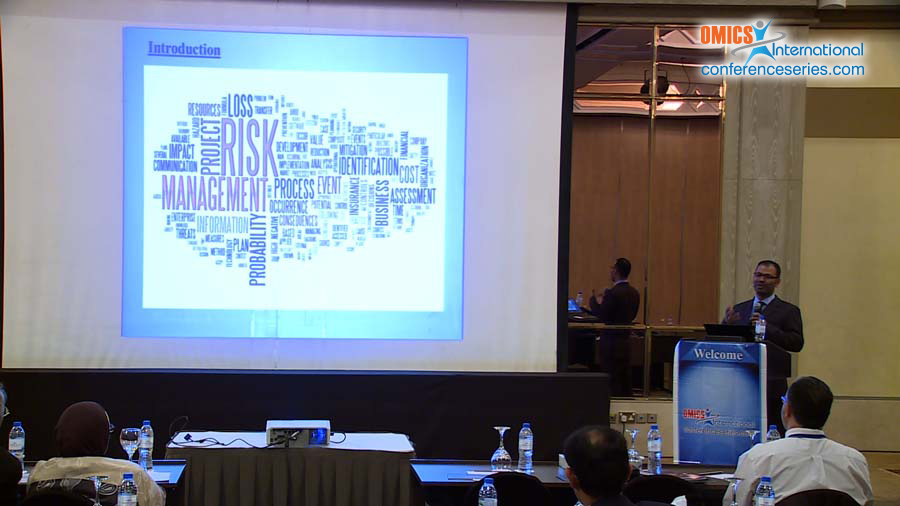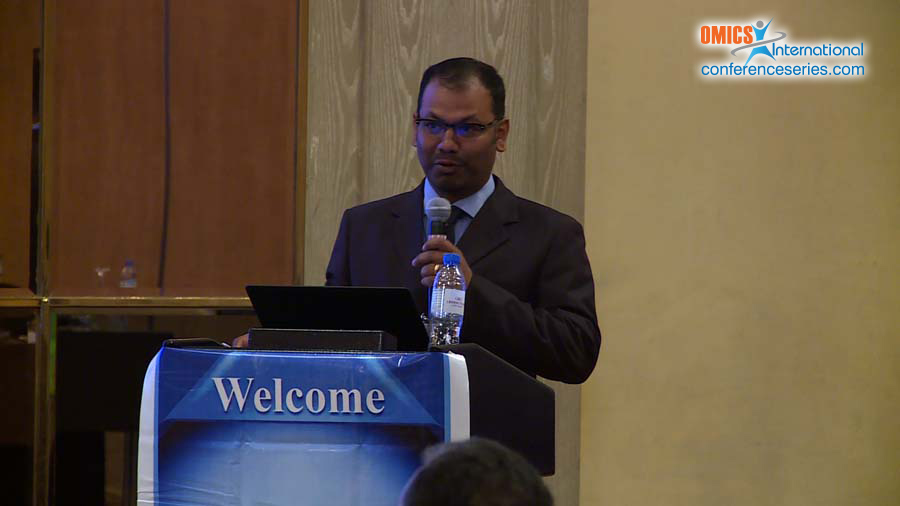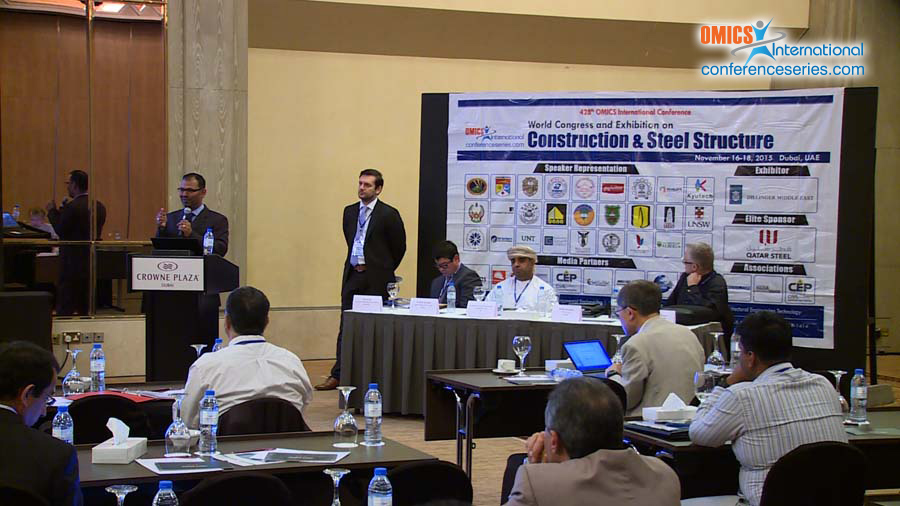
M. Manikandan
Gulf Consult
Kuwait
Title: Ascertaining Key Risks in the Construction Projects from Stakeholder and Life Cycle Perspectives
Biography
Biography: M. Manikandan
Abstract
Managing risks in construction projects has been recognized as a very important management process in order to achieve the project objectives in terms of time, cost, quality, safety and environmental sustainability. However, thus far most research has focused on some aspects of construction risk management rather than using a systematic and holistic approach to identify risks and analyze the likelihood of occurrence and impacts of the risks. This presentation aims to identify and analyze the risks associated with the development of construction projects from project stakeholder and life cycle perspectives. Based on a comprehensive assessment of the likelihood of occurrence and their impacts on various construction project objectives, this presentation identifies twenty major risk factors. This risks research is mainly related to (in ranking) contractors, clients and designers, with few related to government bodies, subcontractors/suppliers and external issues. Among them, “tight project schedule “is recognized to influence all project objectives extremely, whereas “design variations ”,“excessive approval procedures in administrative government departments”, “high performance/quality expectation”, “unsuitable construction program planning”, as well as “variations of construction program” are deemed to impact at least four aspects of project objectives. This research also found that these risks spread through the whole project life cycle and many risks occur at more than one phase, with the construction stage as the most risky phase, followed by the feasibility stage. This research would conclude that clients, designers and government bodies must work cooperatively from the feasibility phase onwards to address potential risks in time, and contractors and subcontractors with robust construction and management knowledge must be employed early to make sound preparation for carrying out safe, efficient and quality construction activities.
Speaker Presentations
Speaker PDFs
Speaker PPTs Click Here





